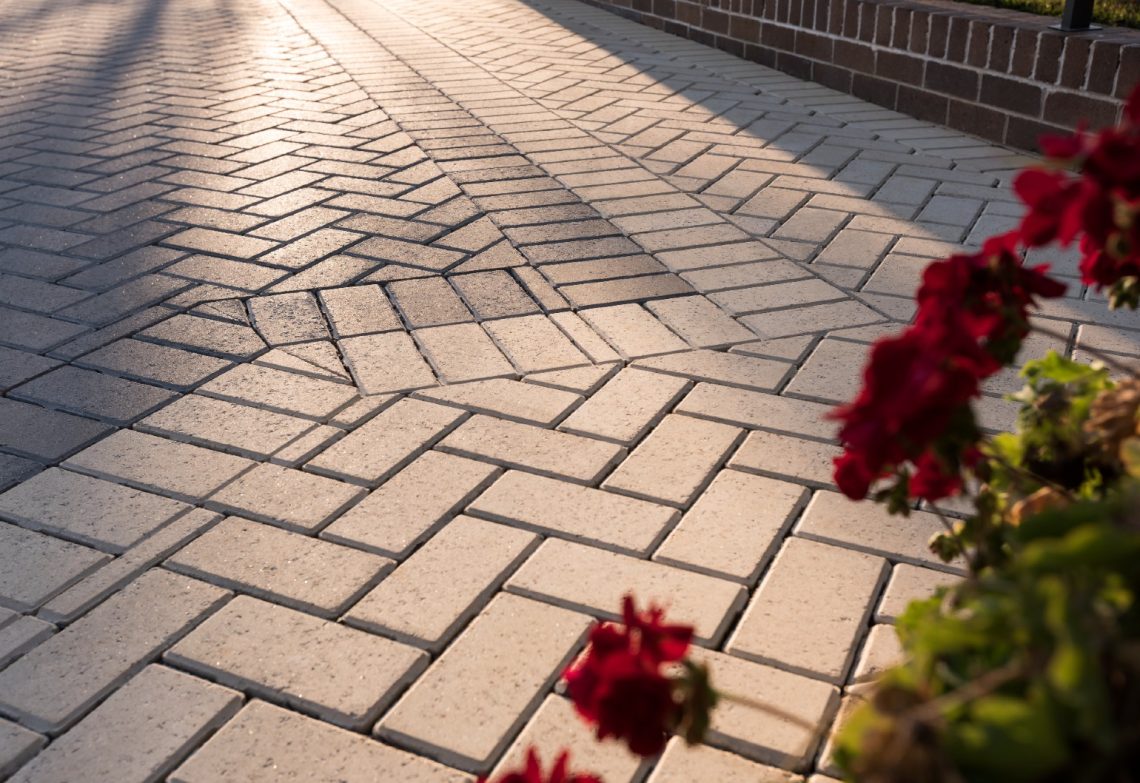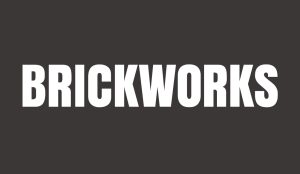Equipping engineers with a greater understanding of the hydrological properties of permeable pavers could prove critical in reducing urban flooding in Australia.
Recent flooding events in Australia have highlighted the need for water management solutions that capture rainwater and control surface run-off.
One such solution is permeable pavements. These can help to decrease the likelihood of urban flooding, or at least reduce the extent and scale of flooding.
“The rainfall we receive in Australia changes, and we’ve been very prone to floods in recent times,” said Mizanur Rahman, Professorial Lead and Professor in Geotechnical Engineering at the University of South Australia.
“Most of the rainwater in impermeable areas will end up as run-off, but we can use permeable pavers to slow this process and infiltrate floodwater into the system.”
Key advantages of using permeable pavers
Permeable pavers offer three primary benefits:
- The ability to control run-off: Permeable pavers improve water harvesting by storing water, rather than allowing it to rapidly run off.
- Improved water collection: “When you collect water it carries many impurities,” Rahman said. “But when the water is stored in the permeable paver, some of these impurities will reduce due to several processes, such as filtration, absorption, and chemical and biological processes. It’s a great way of improving the water quality and reducing the concentration of impurities.”
- Recycling water: Rahman’s team is currently researching the possibility of using water captured from permeable pavements for other purposes, such as gardening.
In a standard permeable paver design, Rahman tries to store 70 per cent of the rainwater in the permeable pavement water capture system, some of which can be recycled.
Rahman has also conducted research into carbon sequestration, exploring the role of permeable pavements in helping Australia to reach net zero.
“For example, constructing a 500 m long permeable pavement will carry a carbon cost associated with transporting the material onsite. Carbon will also be needed for production. The water we harvest from the permeable paver can be used to grow trees. When trees grow it increases the biomass.”
Rahman recently looked into whether two different trees – eucalyptus and acacia – can be used in this process. He found 12-15 years was required to sequester the carbon in order to compensate for the construction. This means that in 12-15 years time, the construction of permeable pavements could become carbon neutral.
Permeable pavers: Past, present and future
Permeable pavers once had significant traction in Australia, however the uptake has slowed in recent years, particularly compared to European countries.
“There’s a common perception in Australia that permeable pavers are still only used for ornamental purposes,” Rahman said. “That perception really needs to change.”
It’s critical to design permeable pavements with consideration to the climatic conditions of each environment.

“You need to consider the probability of rainfall in the particular geographical area, and how the rainfall will be distributed over a period of time. It could be temporally distributed which will affect the permeable paver design.
“We need greater education in Australia with practicing engineers about how to use permeable pavers and their benefits.”
He said currently it’s environmentalists or engineers working in environmental groups who are designing permeable pavers, but there needs to be greater traction among engineers looking at mechanistic design.
“We need to be looking at the kinds of materials that can be used to improve water run-off, increase the load resistance and improve water harvesting, as well as enhance understanding about the interaction of natural soil and water in permeable pavers.”
With an eye to the future, Rahman believes permeable pavers developed from recycled materials will help to increase the sustainability value of the product.
“I haven’t yet seen any permeable pavers made of recycled materials. It would be great to see trials of that kind of permeable paver product. There is definitely a demand and a big market for it.”
Looking to use permeable pavers in your project? Explore UrbanStone Hydraform permeable pavers.




